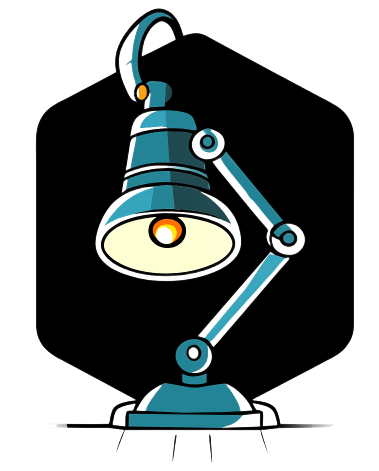To remove the cache on your iPhone, follow these steps:
- Open the Settings on your iPad or iPhone.
- Choose Safari.
- Scroll down and click on Clear Website Data and History.
- Confirm the operation.
To remove unnecessary files on your iPhone, follow these steps:
- The program will start searching for all useless files on your iOS device (cache, temporary files, iTunes files, log files, etc.) by clicking on SCAN ALL at the bottom right.
- At the bottom right, click on CLEAN to delete all these junk files from your iPhone.
You can clear the cache of all apps in the following way:
- Go to Settings, then Apps and Notifications, and choose All Apps.
- Select an application from the list, then choose Storage, and clear the cache.
If we want to manually clear the cache of an application on Android, we can do so by going to Settings – Apps, choosing the application to clean, and finally pressing the Clear Cache or Empty Cache button, depending on the version of the Android operating system in use. Additionally, one might ask: Which files should not be deleted? Furthermore, there may be files that should not be deleted: What is my photo? Unused or intact files are considered debatable junk. In contrast to most automatically created system junk files, intact or unused files are simply forgotten and occupy space.
To free up phone memory without deleting anything, follow these steps:
- Delete unnecessary images and videos to increase the storage capacity of the phone.
- Remove unused applications.
- Use specific applications to increase the storage capacity of the device.
In summary, we recommend:
- Remove unnecessary applications.
- Clear the cache of frequently used applications.
- Install a MicroSD card on the phone.
- Store files in the cloud.
- Clean the system and free up space using all the powerful features of Android.
On the main Settings page, you can go directly to the Security and Privacy section instead of the History tab. Under Security and Protection, select Clear Browsing Data to have the option to clear browsing data.
First, go to Settings and find the Memory and Storage section. Then, select Apps to view a list of all installed apps. When you open each app, a button called Clear Cache will appear, among others.
The CPU cache memory is physically close to the processor, either in the CPU itself or on the motherboard. The technical specifications of the CPU cache are described along with the technical specifications of the processor.
